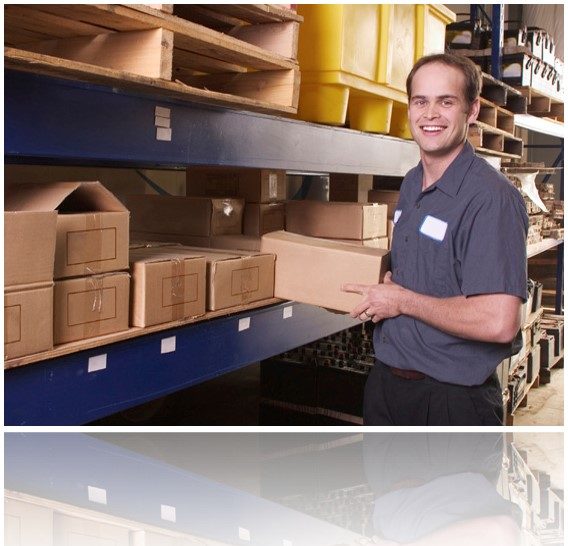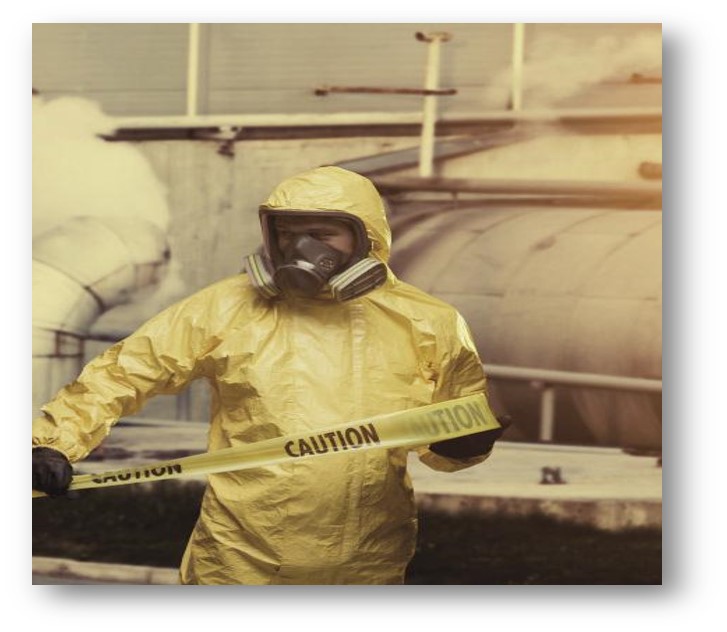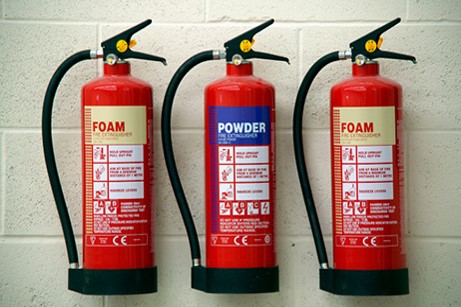
There is a direct correlation between a clean, neat, and orderly workplace and a safe, successful organization. Good housekeeping eliminates accident and fire hazards; maintains safe and healthy working conditions; saves time, money, materials, space, and effort; improves productivity and quality; boosts employee morale; and reflects an image of a well-run organization.
Poor housekeeping, on the other hand, creates hazards, invites accidents such as slips from slick or wet floors, trips from objects or materials that are left in walkways and work areas, falls from holes and walking and working surfaces, fire hazards created by piles of combustible scrap and trash, and chemical hazards caused by leaking or damaged containers. Unfortunately, good housekeeping doesn’t just happen. Many employees may think that housekeeping means sweeping up a little at the end of the shift. Others may think it’s somebody else’s job. Unless you train employees to value the benefits of good housekeeping and make housekeeping duties a part of everyone’s job responsibilities, housekeeping is an issue that is likely to fall through the cracks, leaving your organization exposed to accidents and employee injuries.
This training program provides an overview of the importance of good housekeeping in the workplace and explains what constitutes good housekeeping.
When the training is complete, employees will be able to:
- Recognize the importance of good housekeeping.
- Understand housekeeping responsibilities.
- Develop good housekeeping habits.
- Identify and eliminate housekeeping hazards.
- Help prevent workplace fires and accidents.
Content of Training Resource:
- PowerPoint Slide
- Trainer’s Guide
- Speaker’s Note
- Quiz
- Exercise 1
- Exercise 2
- Handout
- Attendance Sheet
- Training Evaluation Form
- A Sample Training Plan
Intended For:
Health and safety managers, officers, leaders, trainers, and anyone involved in health and safety training.
Download instantly after checkout.
👉 Buy the Entire Bundle: QHSE Training Resources – 3GB Bundle


